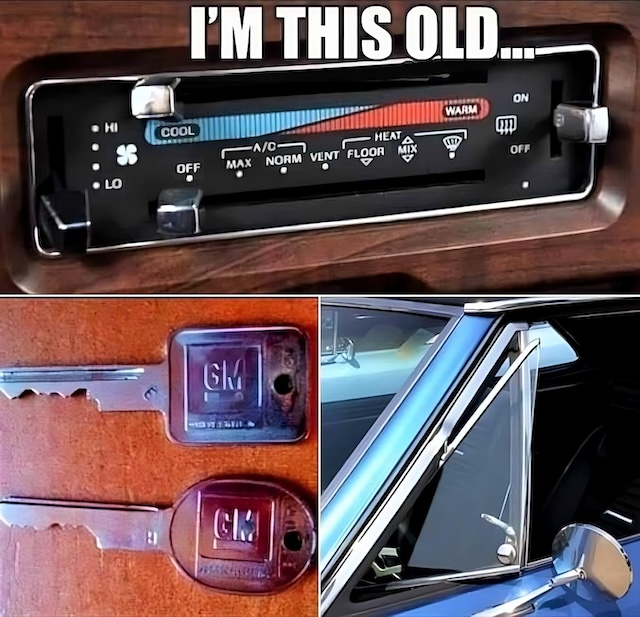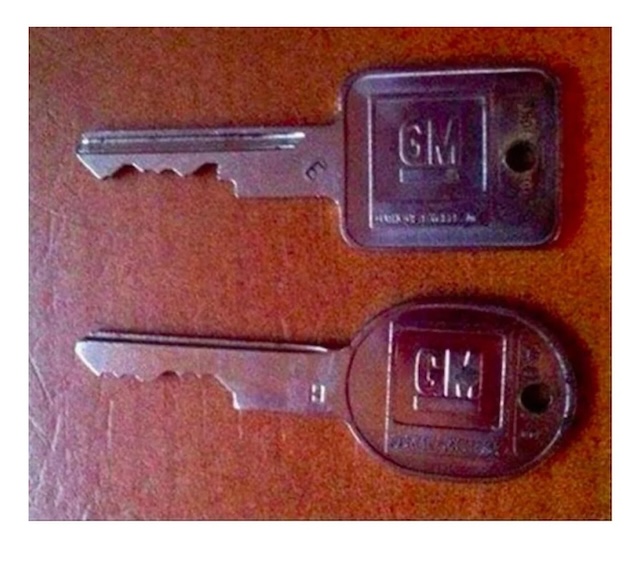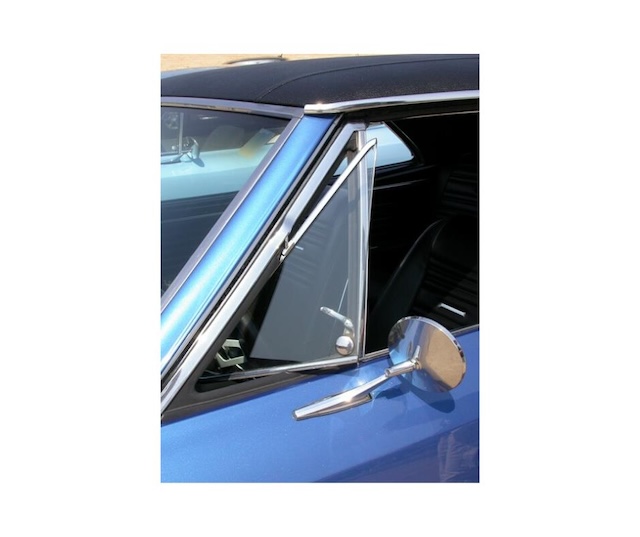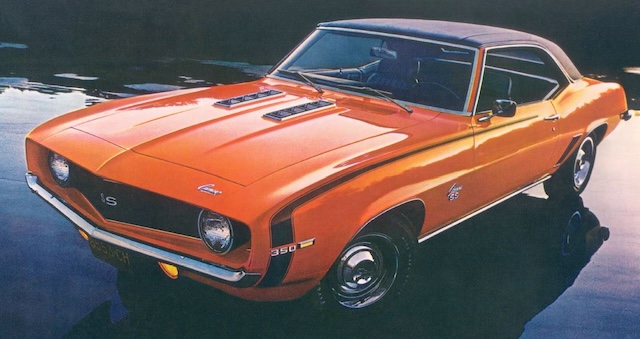When you look back at the golden age of automobiles, certain features stand out—not just for their functionality but for the memories they evoke. For those who remember, the 1988-1989 Ford AC control, the 1970s GM keys, and the late 1960s GM vent window are more than mere car parts; they are symbols of an era where cars were built with character and every detail had a story to tell.

In this article, we’ll explore the history behind these iconic features, why they are so memorable, and what they tell us about the evolution of car design.
The Simplicity of the 1988-1989 Ford AC Control: A Classic in Comfort
The late 1980s were a time when cars were transitioning from analog to digital, but many features still retained a hands-on, mechanical feel that drivers loved. The 1988-1989 Ford AC control is a perfect example of this.
Unlike today’s digital climate control systems, this AC control was a manual setup, allowing drivers to adjust fan speed, temperature, and airflow direction with a satisfying slide of the controls. This tactile experience connected the driver to the vehicle in a way that modern cars often lack. It was an era when adjusting the AC wasn’t just about comfort; it was about engaging with your car in a personal, almost intimate way.
For those who drove these Fords, the AC control panel brings back memories of long summer road trips, where you could fine-tune the air to the perfect cool breeze as you cruised down the highway. The simplicity of this design is a reminder of a time when life—and driving—was a bit less complicated.
The 1970s GM Keys: Unlocking the Freedom of the Open Road
Before the era of digital key fobs and push-button starts, car keys were solid, metal tools that symbolized freedom. The GM keys from the 1970s are a prime example of this.
During this time, it wasn’t uncommon for a car to require two keys—one for the ignition and one for the doors and trunk. These keys were not just functional; they were a rite of passage, especially for teenagers. Holding that key in your hand meant you had the freedom to hit the open road, explore new places, and carve out your own adventures.
The keys were simple, durable, and easily replaceable if lost. Yet, they carried an aesthetic charm that modern electronic keys can’t replicate. They were a tangible connection to your vehicle, a symbol of ownership and reliability. For those who held these keys, the memory of turning that key in the ignition and feeling the engine roar to life is something that today’s drivers may never fully appreciate.
The Late 1960s GM Vent Window: A Forgotten Innovation in Classic Car Design
The vent window, or “wind-wing,” is a feature that many modern drivers have never experienced. Yet, for those who owned a GM car in the late 1960s, this small triangular window was a beloved part of the driving experience.
Before air conditioning became standard, the vent window offered a simple but effective way to cool the car’s interior. You could crack it open just the right amount to let in a refreshing breeze without the need to roll down the main window. This feature was not only functional but also added to the car’s overall aesthetic.
The vent window represents a time when car design was as much about form as it was about function. It was a thoughtful addition that enhanced the driving experience, offering comfort and style in one neat package. For those who remember, tilting open the vent window on a warm day is a memory that’s hard to forget.
A Journey Through Classic Car Memories
These classic car features are more than just relics of the past; they are symbols of a time when driving was an experience to savor. The 1988-1989 Ford AC control, the 1970s GM keys, and the late 1960s GM vent window each tell a story of an era when cars were designed with care, thoughtfulness, and a touch of personality.
For those who lived through this golden age of automobiles, these features evoke a deep sense of nostalgia. Whether it’s the tactile satisfaction of adjusting an AC slider, the weight of a GM key in your hand, or the gentle breeze from a vent window, these memories are tied to a time when driving was more about the journey than the destination.
The Enduring Appeal of Classic Cars
Today, the love for classic cars remains strong. Enthusiasts cherish these vehicles not just for their looks but for the unique experiences they offer. The simplicity of manual controls, the durability of old-school keys, and the charm of features like vent windows are what make classic cars so special.
In a world where cars are becoming increasingly digital and automated, these classic features stand as a reminder of what driving used to be—a personal, engaging, and joyful experience. They remind us of a time when the road was wide open, and all you needed was a set of keys and a destination.
Conclusion: Reliving the Golden Age of Automobiles
The 1988-1989 Ford AC control, the 1970s GM keys, and the late 1960s GM vent window are more than just car parts; they are a window into a time when cars were crafted with character and care. These features remind us of an era when driving was an art form, filled with simple pleasures and unforgettable experiences.
For those who remember, these classic car features are a connection to a past where every drive was an adventure, and every feature had a story to tell. So next time you see a classic car, take a moment to appreciate the history and craftsmanship that went into it. After all, these cars—and the memories they carry—will always hold a special place in our hearts.







